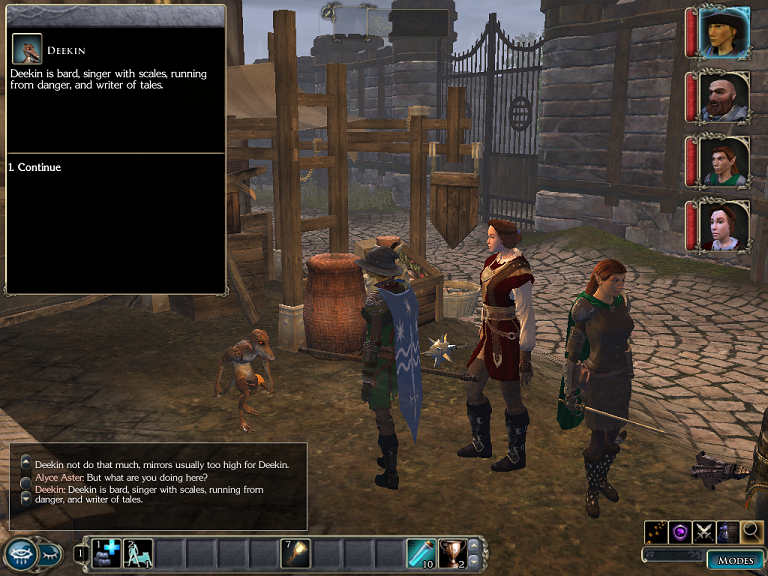Ovinomancer
No flips for you!
Yep, in nearly every game I run, the party ends up with NPC allies from the small monstrous humanoids sooner or later.
Sometimes it’s just a lone goblin or kobold, but often times it ends up eventually being turned into an in-depth alliance, such as a current group’s Dragonborn Paladin that has two different kobold tribes that consider him to be their protector and chief.
Goblins and kobolds in particular are so cowardly and prone to surrender, and more intrinsically amusing/nonthreatening than some of the larger monstrous humanoids, that I find it happens quite often.
Ooh, that wouldn't work so well in my campaign, where goblins and kobolds aren't the comic relief. Cowardly, yes, but in the 'wait until you're asleep and slit your throat' way rather than the 'funny creatures I can cow into good behavior' way.




